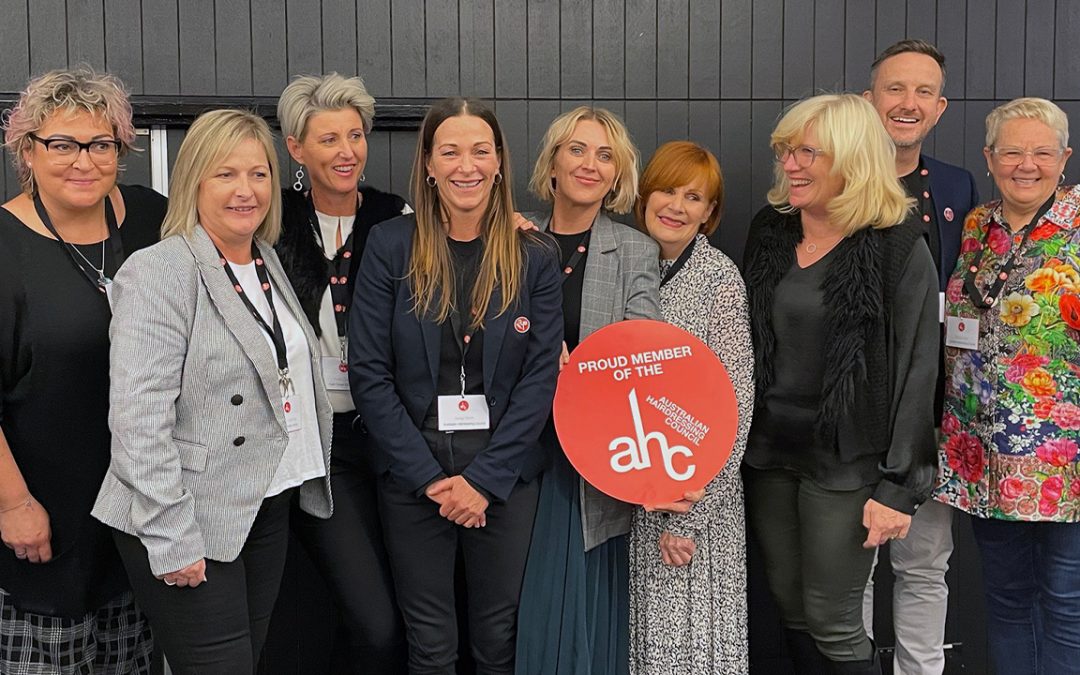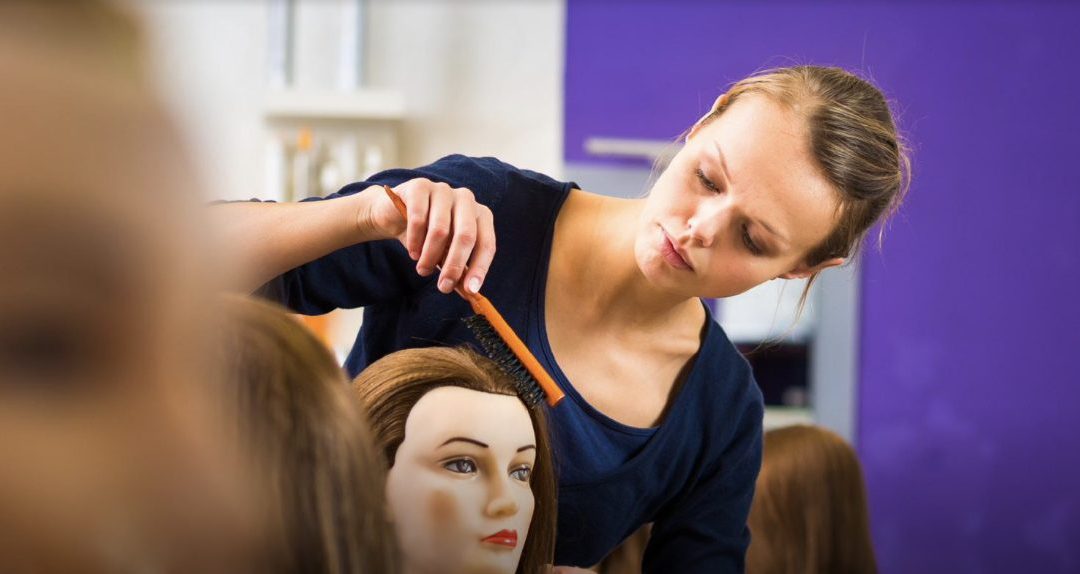
The Changing Face of Education and Training
So much is currently happening in education and training and how trade skills training is managed in Australia. Changes that in the coming years will have a significant impact on how hairdressers and barbers are formally trained and subsequently how the skills needs of industry are shaped well into the future.
The back story to this change is a little grim. Our industry needs close to 5000 Hairdressers a year to meet ongoing demand. Year-on-year apprenticeship commencements fallen well short of these numbers and subsequently the industry is now experiencing an acute skills shortage.
Change 1: Boosting Apprenticeship Commencement incentive
After more than a decade of decline in terms of the number of people in training and the subsequent impact on the numbers of qualified hairdressers and barbers in industry we are finally seeing the number of apprenticeship commencements growing substantially. This is primarily the result of the generous Boosting Apprenticeship Commencement (BAC) incentive which sees up to 50% of a first-year apprentices wage subsidised. In a further hit of positive news the BAC incentive which was due to complete at the end of March 2022 has been extended to the end of June 2022 providing many more salons and barbershops the opportunity to add much needed people to their teams. While the future of employer incentives beyond June is unclear with a federal election campaign underway the message is clear, strong support for employers through incentives have lit a fire under the demand for new people into our trade.
Change 2: Structural change to how skills training is managed nationally
An eye watering amount of investment has been made by the federal government to reshape how workforce and skills development is managed. Currently we are in the middle of a process that will see us transition from the current skills service organisations who currently support hairdressing and Barbering to an industry cluster model which will take effect in early 2024. There are 9 clusters proposed and at this stage hairdressing and barbering are grouped into the Arts and Personal services cluster. The initial tender process concluded in March. The next step will be the announcement of short-listed organisation which will then lead to the successful cluster organisation managing a transition through the later part of 2023 before taking the reins in 2024. While this is bureaucracy at work and not particularly exciting for us as small business owners, the exciting part is how the cluster organisations will potentially be structured. The mandate from the government is one that will allow us as an industry to contribute strongly. It will allow hairdressers, barbers, employers, training organisations and industry associations to contribute to how we attract, train, develop and retain hairdressers and barbers in our industry moving forward. This can only be a good thing in a landscape where competition to attract people to our industry is at an all time high. The critical next step for us as an industry is to develop a national training framework that is flexible for salons and apprentices, allowing salons to train in the skills needed for their businesses while at the same time balancing the need that each apprentice has to develop the breath of skills to build diverse and rewarding careers in hair.
As an RTO member and board director of the Australian Hairdressing Council (AHC) I am proud of the strong steps the AHC is taking to actively engage across all the areas of change that will affect the industry and in particular the contribution to consultation and engagement with salons, barbershops, apprentices, industry educators, suppliers and stakeholders on what the best training experience looks like. The transition to the industry cluster model is the perfect opportunity for the AHC to engage and be ready to contribute strongly to the training landscape over the next couple of years and in particular when the new cluster organisations come into being in 2024.
Along with the establishment of a truly national education and training committee the upcoming AHC education and training industry day on Friday the 10th of June ensures that as an industry, we are advocating for the best possible outcomes for the education of those who will sustain our industry going forward.
If you travelling to Sydney for Hair Festival the AHC education and training industry day is on the Friday before the Festival. It would be wonderful to have as many voices as possible to inform the changing face of training and help us to answer the question “What does the Best Training Experience look like”. All the details of the Industry day can be found at theahc.org.au
Change is constant and while sometimes the landscape appears complicated and difficult to navigate in the end providing meaningful work to someone is life changing. The hair and barber industry through the education and training holds a special place where we help to build lives through the dignity of skills and work. Regardless of where the apprentices we employ and train today go in their careers the opportunity we have to help them on their way is special.




